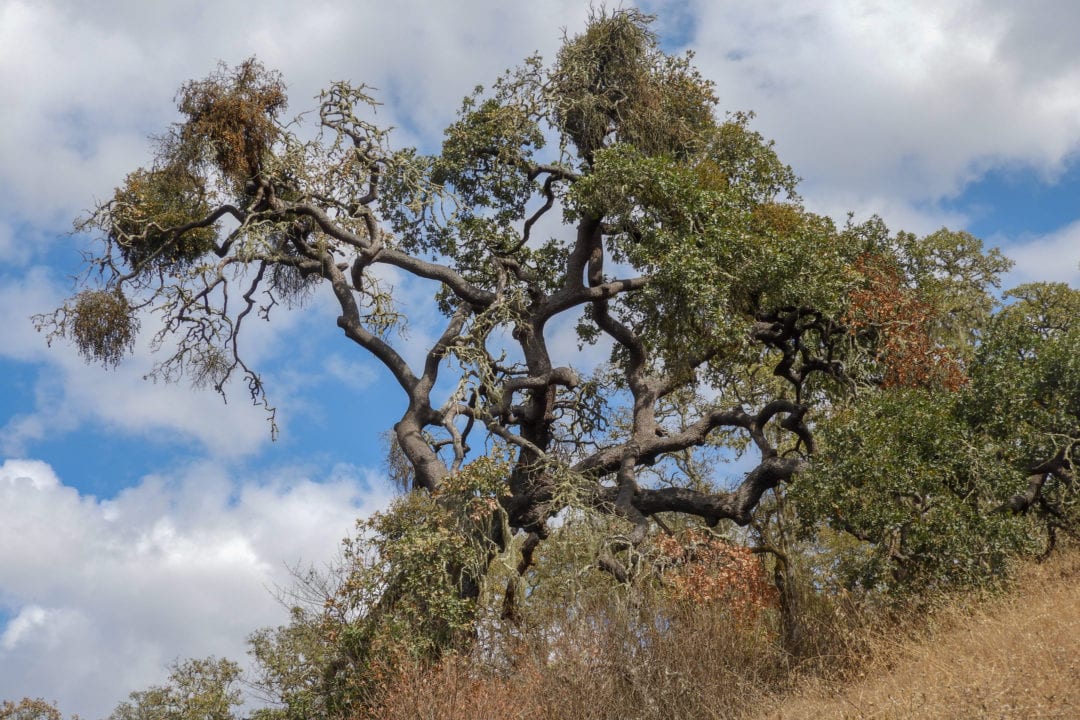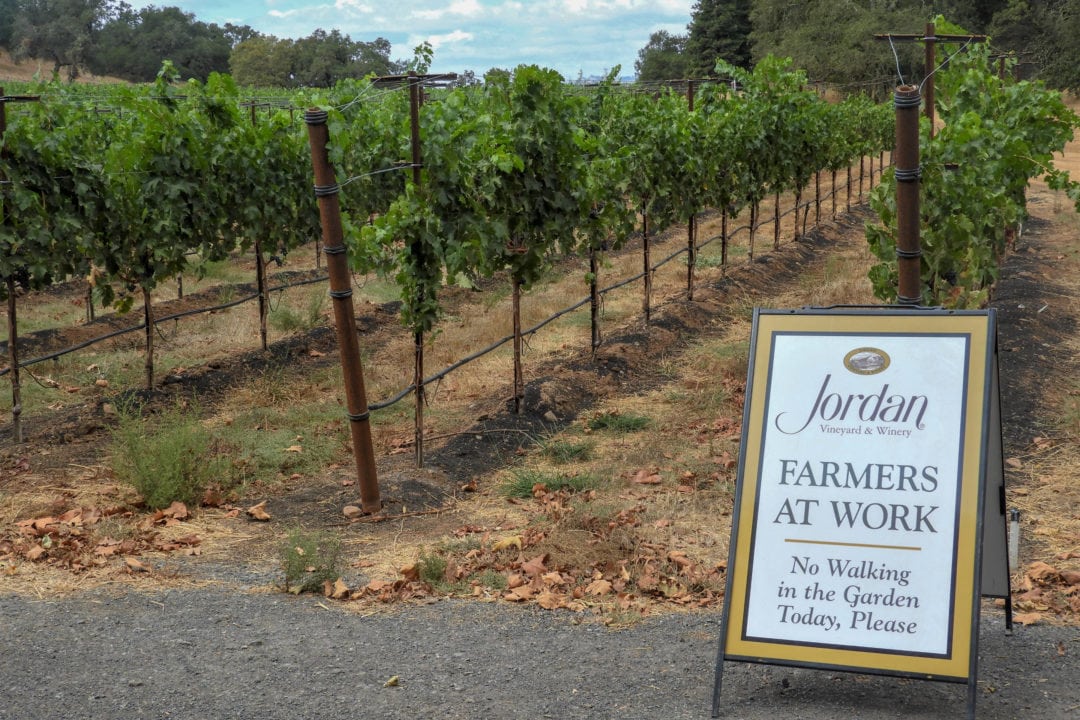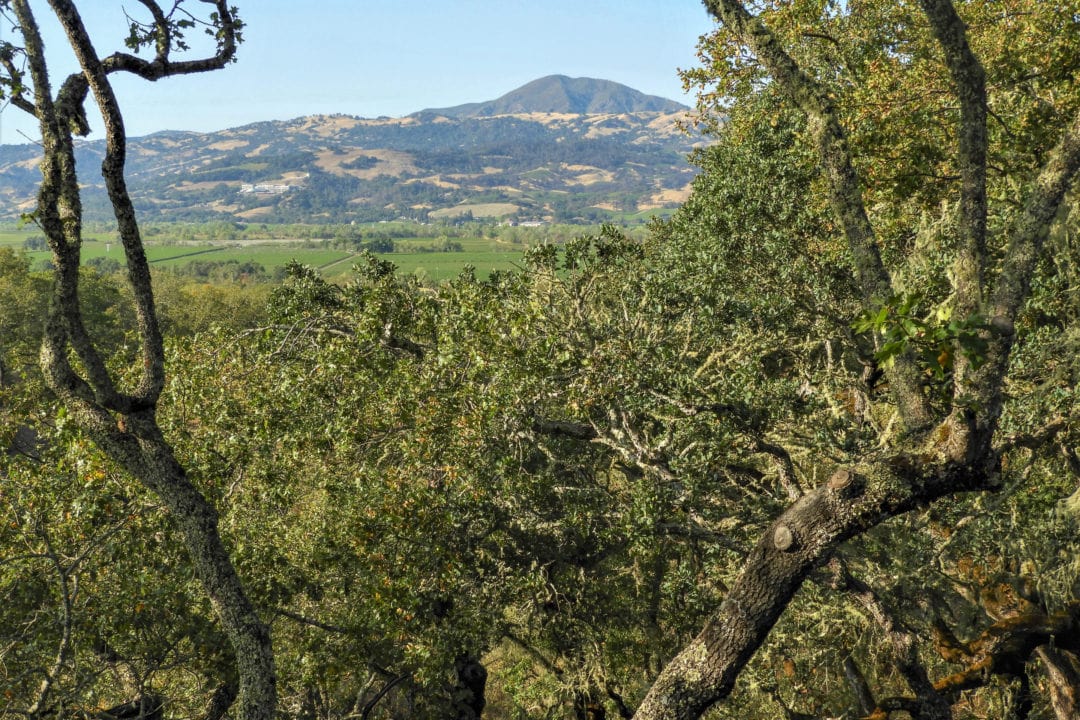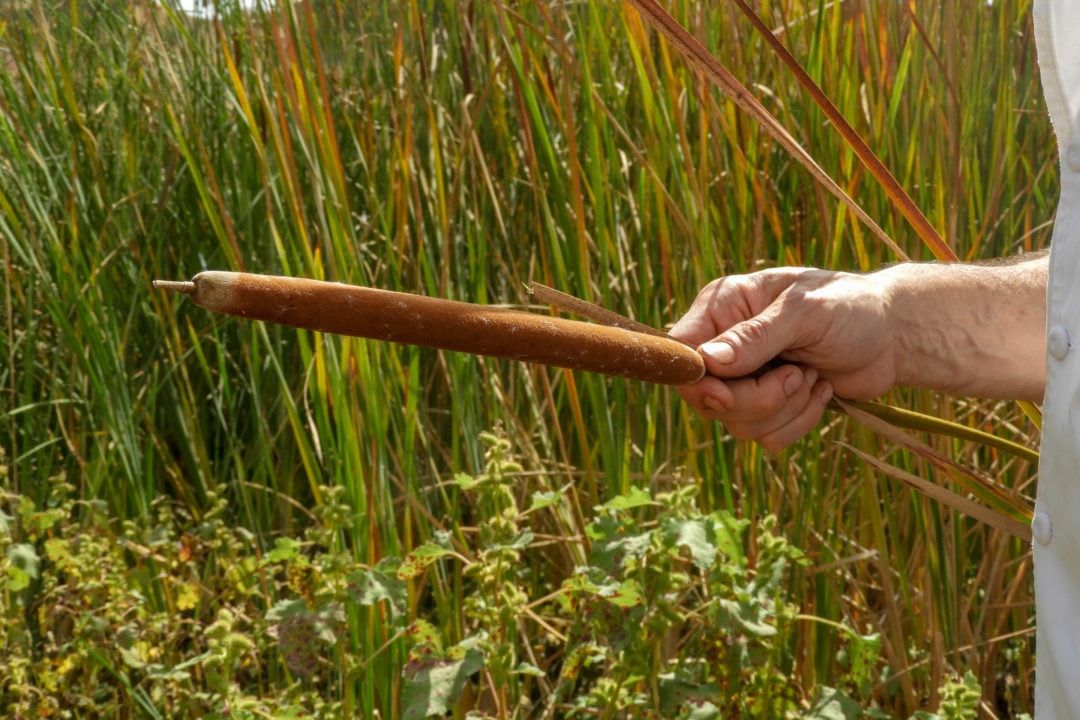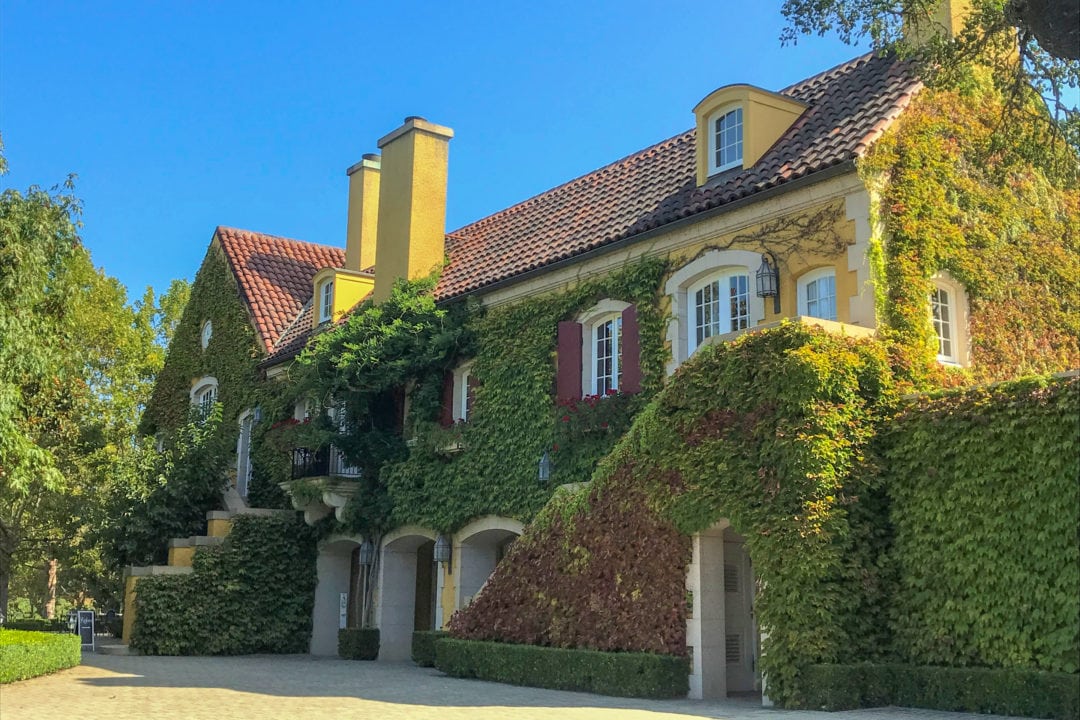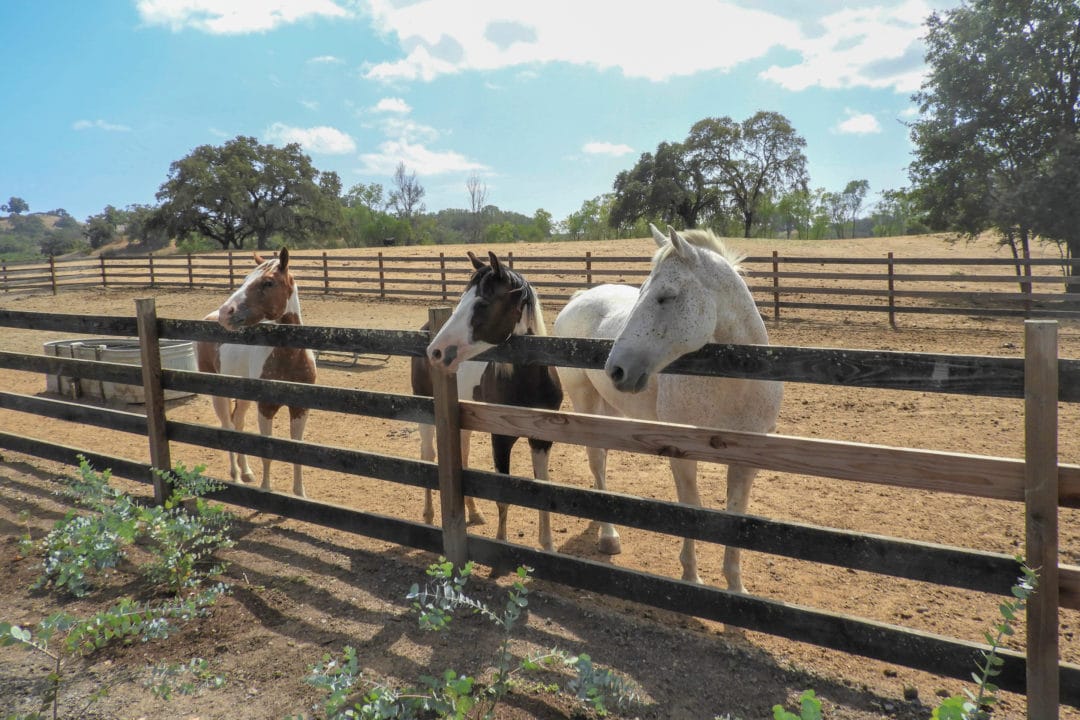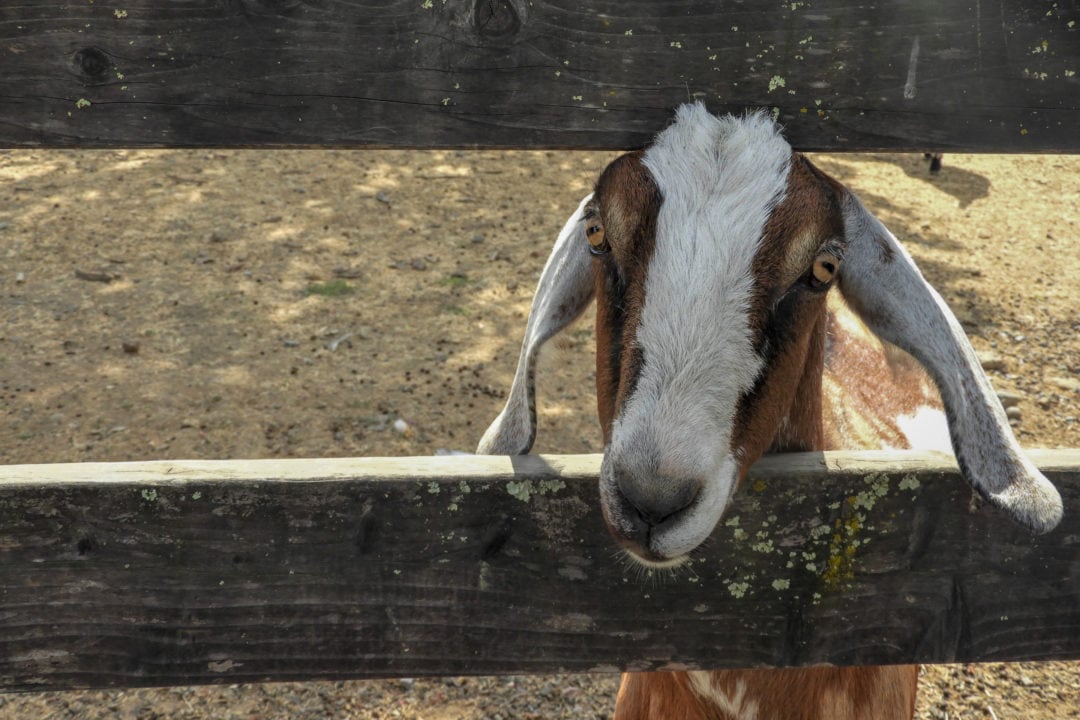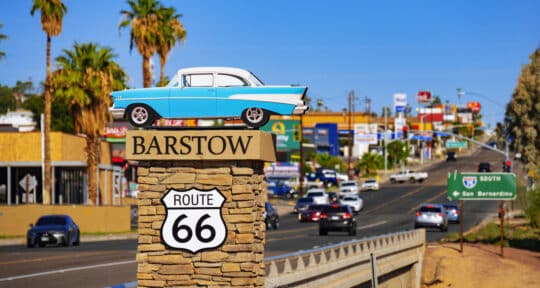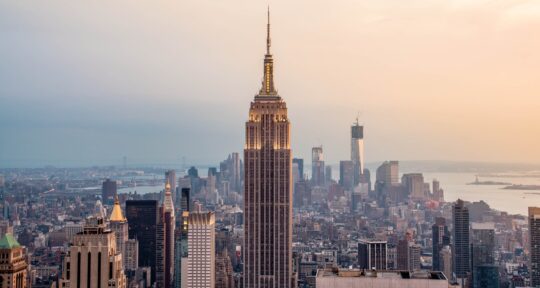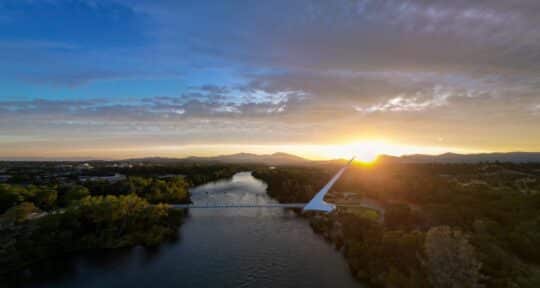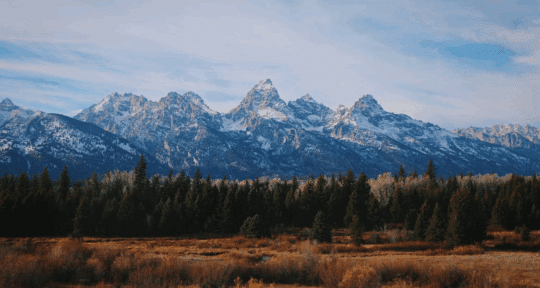In mid-August, a single freak lightning storm left close to 600 fires burning across Northern California. Since then, from Monterey to Mendocino, we’ve held our breath—both literally and figuratively—and watched as smoke and flames have destroyed homes and businesses, ravaged state parks and national forests, and kept those of us lucky enough not to have been evacuated hermetically sealed in our homes.
Nearly two months later, while many of the original fires have been contained, several more still rage on. A month ago, the August Complex fire burning in and around Mendocino County became the largest in California history. It has earned itself the rare distinction of “gigafire” for burning more than a million acres—an area approximately the size of Rhode Island.
Just south of Mendocino, in Napa and Sonoma, some of California’s most treasured Wine Country, the Glass fire erupted on September 27 outside the town of Calistoga. Among the 600 homes and more than 300 businesses already lost are some of the region’s most storied wineries. Burgess Cellars, Cain Vineyard and Winery, and Chateau Boswell have been destroyed. Sterling Vineyards, Newton, Hourglass, Castello di Amarosa, and at least half a dozen others have been severely damaged.
-
An oak tree at Jordan Estate. | Photo: Shoshi Parks -
The new cabernet vineyard at Jordan Winery. | Photo: Shoshi Parks -
Mount Sonoma in the distance above Jordan Winery. | Photo: Shoshi Parks
The fires are so intense that just because a vineyard hasn’t been outright burned by the flames, that doesn’t mean it’s been spared. While Wine Country has suffered increasingly destructive fires over the last few years, the one saving grace was that the worst of the worst came in late September or October when the vast majority of the season’s grapes had already been harvested. But in 2020, the fires came early and have kept on burning, marinating mature grapes in wildfire smoke, making them unsuitable for wine production. This year, months of sweat and blood and hard work will wither on the vine.
Boundless vineyards
A week after the skies above San Francisco turned an alarming shade of orange, the Bay Area got its first respite from a month of smoky and unhealthy air. With the LNU Lightning Complex fire—a holdover from August’s rare lightning strike—finally coming under control and the Glass fire still a week-and-a-half away, Napa and Sonoma were cautiously open for business.
In a normal year, I make the trip to Wine Country frequently. But not this year, with COVID-19 and a fire season that began far earlier than anyone expected. When I finally get to see the area’s riparian woodlands and boundless vineyards again, it’s been months since my last trip.
Turning up the drive at Jordan Winery in Healdsburg, the weight of 2020 slips from my shoulders. More than 80 percent of the 1200-acre property is undeveloped open space shrouded in scrub oak, manzanita, and bay. At night, on the porch of my guest cottage, I drink Jordan’s cabernet sauvignon.
-
Chef Todd Knoll shows off the Jordan garden. | Photo: Shoshi Parks -
Chef Todd Knoll holds a cat tail. He uses their pollen in his cooking. | Photo: Shoshi Parks -
The ivy-covered chateau at Jordan Winery. | Photo: Shoshi Parks
The next day, I eat lunch on the broad terrace outside in the shadow of the French chateau that houses Jordan’s winery. I’ve been following executive chef Todd Knoll for a few years now, not just because his food is exquisite, but because of how he uses the native landscape in his work. From the cattails that grow alongside one of the estate’s ponds, he extracts pollen for salad dressings. He makes flour for gnocchi and dumplings from the acorns that blossom on the oaks. Fiddlehead ferns, miner’s lettuce, pine tree buds, manzanita berries, blue cama bulbs—the ingredients Knoll forages are “more than just food on the plate,” he says.
After lunch, he shows me the garden below the chateau where tomatoes, chilis, sunflowers, plump winter squash, and more than half a dozen varieties of basil grow. The estate’s bee hives, abandoned by their occupants in the smoky conditions of the previous weeks, are humming again. In a pasture next door stand several horses, watching our progress. “They lost everything in the fires,” Knoll says. “They are staying here as long as they need.”
Just last year, the Kincade fire got close enough to lick the back edges of the Jordan estate. This year, like every winery in the region, Jordan is doing everything it can to prevent the next big fire from getting any closer, including letting its two miniature goats, Goose and Maverick, munch away dry, flammable brush from around the winery.
Climate refugees
Wildfires are an essential part of the ecosystem in Wine Country. Historically, Indigenous communities didn’t just allow natural fires to burn, they carefully lit, and controlled, their own. The low-grade fires restored the ecosystem, clearing the way for new growth and abundance. But in the early 20th century, along with a growing conservation movement, came a new philosophy on wildfire. Instead of allowing natural fires to flourish, forest managers rushed to extinguish the flames. Without fire to clear out dead trees and brush, the fuel accumulated, assuring that the next fires would burn more savagely than those that came before. Controlled low-grade fires restore but the same is not true with hot, high-grade fires; not much can withstand them.
The changing climate is further fanning the flames. Higher temperatures cause snow in the mountains to melt earlier, leading to drier soils and more combustible vegetation. Dry conditions are not unusual in California—the ecosystem knows how to survive when water is scarce. But extended periods of drought, which the state has experienced eight out of the last 10 years, are more problematic. It’s no coincidence that the five largest wildfires on record in California have ignited in the last three years. Those displaced by this year’s fires are among California’s first climate refugees.
-
Three horses, refugees from the wildfires. | Photo: Shoshi Parks -
One half of Goose and Maverick, the mini goats that help clear brush at Jordan Winery. | Photo: Shoshi Parks
So far in 2020, Jordan has been lucky. The flames have remained at bay. But on the day I walk the grounds, in a new vineyard across from Jordan’s goldenrod chateau, fruit still hangs in deep purple clusters on the vine. Before they can be used, Jordan will have to determine if they’ve been tainted by wildfire smoke.
So many vineyards are in the same boat this year that labs that test for smoke taint are backlogged for a month or more. There aren’t many options for those grapes that have been affected. While some may be distilled into aged spirits like brandy, most will have to be harvested just so they can be left to rot. Between the destruction and the smoke, at some wineries there will be no 2020 vintage at all.
While it’s too early to know what 2021 will bring, as the climate becomes more severe and California weighs the investment of prescribed burns to slow the state’s wildfires, one thing is for sure: The wildfires aren’t done with Wine Country.
